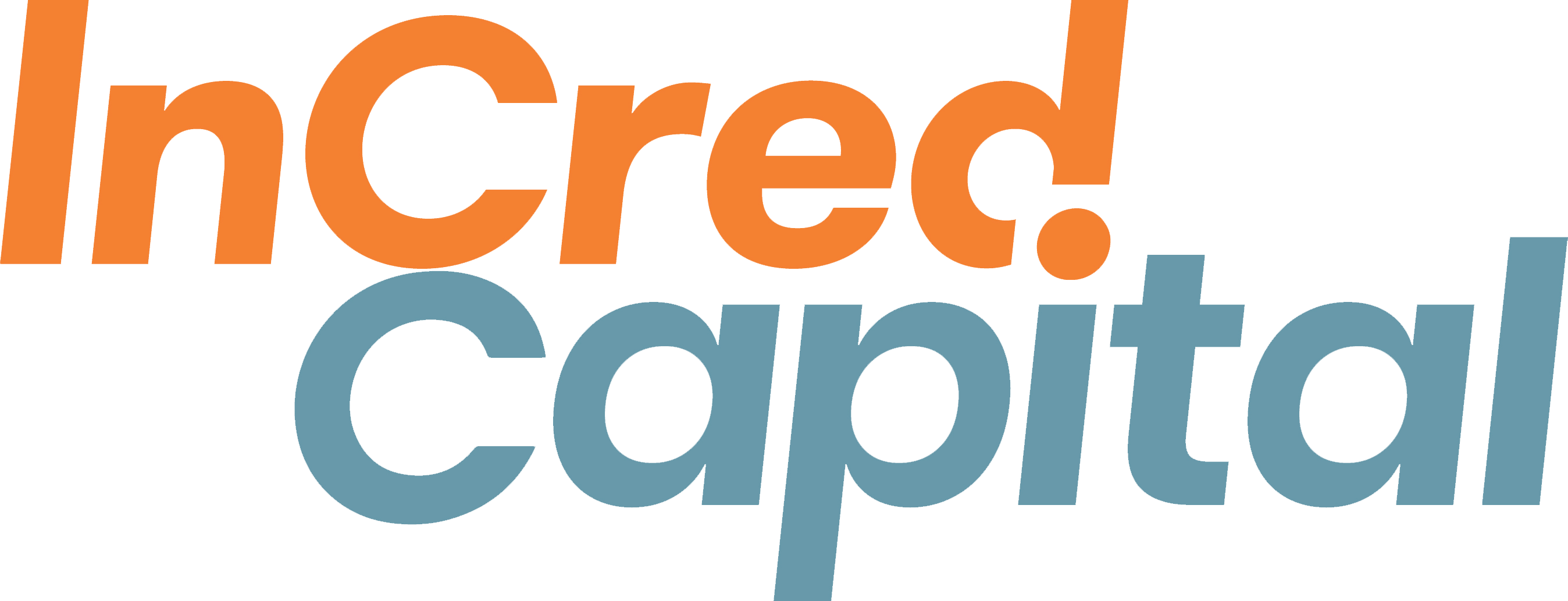Interest rates on fixed deposits and savings schemes will continue to be low for some time as RBI has kept policy rates unchanged. Here are some alternatives to fixed deposits
The Central Bank of India and UCO bank have increased fixed deposit rates for senior citizens. The move comes a few days after the Reserve Bank of India (RBI) KEPT the policy rates unchanged in its latest monetary policy. The repo rate and reverse repo rate currently stand at 4 per cent and 3.35 per cent, respectively.
Though the two banks have increased the FD rates for senior citizens, unchanged policy rates mean that FD rates are unlikely to change in the near term. With low policy rates, the interest earned on FDs are expected to remain low.
Here’s how low FD rates impact senior citizens and the alternatives investors can consider.
Impact on Senior Citizens
“Lowering the interest rate continuously will lower the FD rates too. It will also impact all the small savings schemes of the government such as Public Provident Fund (PPF) and Sukanya Samriddhi Yojana,” says Ankit Yadav, director, Market Maestroo, a financial management firm.
While many individuals prefer to invest more in mutual funds, stocks or even cryptocurrencies, a large section of investors, especially senior citizens, still consider FDs the safest mode of investment. “Neither my husband nor I have ever invested in anything other than FDs,” says Rupasri Sanyal, 65, a pension holder. “After the demise of my husband, I rely on the earnings from the interest on savings account and FDs, along with the pension I get. But with rates being so low, my overall earnings are very low,” she says.
Alternatives To FDs
With the returns on FDs being low, people are looking for investments that give higher-than-FD returns but are also least affected by market volatility.
What should be your debt portfolio strategy? (Click here to find out)
Options are limited for those who are risk-averse, say, senior citizens. “One can opt for FDs of leading NBFCs (non-banking finance companies) or corporate bonds that provide higher returns,” says Anurag Garg, founder and CEO, Nivesh, a wealth management firm. However, one must take particular note of the higher risk of default that these deposits entail.
Individuals who have higher risk tolerance (they may still be working, for example), can explore more options. “It is better to invest in lower-duration (debt) funds and gradually shift towards medium duration strategies over the next 2-3 quarters, to ensure that the portfolio remains resilient to potential interest rate risks,” says Nitin Rao, CEO, InCred Wealth, an investment service firm.
If you have higher risk appetite, then you can opt for riskier options like equity-related instruments such as equity mutual funds. Equity investments help beat inflation over the long term and can be considered over FDs, if one has a horizon of five years and above.
Overall Impact Of Low Rates
Continued low rates is good news for those with heavy credit burden but may also be enticing for those who easily take credit to pay for non-essentials. “With low interest rates on loans (and thus, lower EMIs), individuals get higher investable surplus. So, their tendency to spend also goes up,” says Garg.
Low rates can create an imbalance in salaried individuals’ budgeting. “The debt part, or the EMIs, is increasing at a rapid pace for salaried individuals. Most have more expenses than investments; more EMIs than SIPs (systematic investment plans). So, yes, a low-rates situation has a long-term impact on macroeconomics,” says Yadav.
Lower rates are also a disadvantage for those who want to save. “If anyone has taken more loans, then the low interest rate scenario will continue to benefit them. However, it is a negative for those who have deposits in banks or elsewhere,” says Garg.





